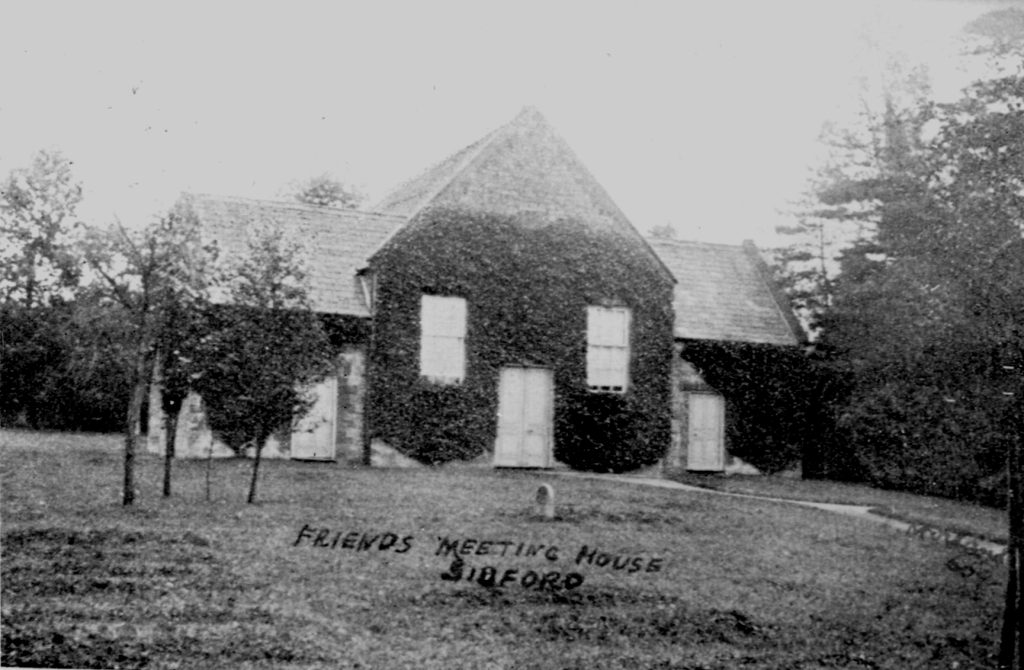Religion in the parishes (1678 – 1840)

Sibford Gower, Burdrop and Sibford Ferris were originally in the parish of Swalcliffe, and there was no Church of England nearer until 1840. However, there had long been a strong element of nonconformity in this part of England.
In 1678 George Fox preached at Sibford, on his way to North Newington, Adderbury and Banbury. In the same year a group of Sibford people bought a piece of land at Sibford Gower, and between 1678 and 1681 built a Society of Friends (Quakers) Meeting House on it. Thus began a new phase in Sibford’s story, which was to have far-reaching effects on the district.
On Sundays, generation after generation, the boys and girls from the Friends’ School in Sibford Ferris have walked across the valley to worship in the Friends’ Meeting House in its lovely peaceful setting at Sibford Gower — at first in the old thatched building erected in George Fox’s day, and later, when the school’s growing numbers made that building too small, in the present Meeting House, erected in 1866.
Next in size to the Quakers at Sibford were the Methodists, who worshipped at first in a private house; then in 1826 they made “an appeal to the benevolence of an enlightened and generous public” to subscribe for the building of a chapel. It was completed in 1827.
The remoteness of the villages in those days, and the difficulty of communication between them, especially in bad weather, is difficult to visualise today. In 1838, when a committee was collecting money to build a Church of England at Sibford, their circular asking for subscriptions said that about 800 inhabitants of Sibford were two miles from the parish church at Swalcliffe: “their road to the church is over a very hilly and exposed country, at all times impracticable on foot to the aged and infirm.” Holy Trinity Church was finally consecrated in 1840.